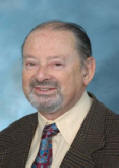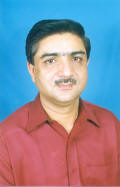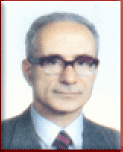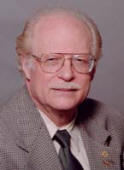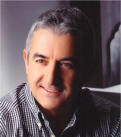
Prof. Dr. Fadhel
Ghannouchi, Fellow IEEE and Fellow IET
CORE Professor and Senior Canada Research Chair,
Director, iRadio Laboratory (www.ucalgary.ca)
Department of Electrical and Computer Engineering Schulich School of
Engineering,
University of Calgary, Canada
SDR Based Power amplifiers /Transmitters for Advanced Wireless and Satellite Communications
The next wave in the information revolution will consist of bringing intelligence to the information and communication technology (ICT) sector, allowing seamless and intelligent networking and communication between different users using different services and operators. This will lead to the convergence of communication technologies, aiming at the development and deployment of cooperative and ubiquitous networks that involve existing and future wireless and satellite communications systems.
A critical element in enabling the convergence of different communication systems is the development of software defined radio (SDR) systems that can be used across different frequency bands and for multi-standard applications. This SDR has to be developed to support different frequency carriers and modulations schemes concurrently, in addition to being power- and spectrum-efficient, in order to be able handle high data rates, while being less energy-hungry and more environmentally friendly.
The design of power amplifiers as critical components in any SRD based communication terminal has to be considered closely together with the system architecture, in order to ensure optimal system level performances in terms of linearity and power efficiency. This implies the use of adequate transmitter architectures that convert the analog baseband information to architecture dependent amplifier driving signals, such as sigma-delta, EE&R, Polar and LINC architectures. This talk lays out the principles behind SDR systems and examines the design of software-enabled linear and highly efficient RF/DSP co-designed power amplifiers/transmitters for multi-standard and multi-band applications. Recent advances and practical realizations will also be presented and discussed.

